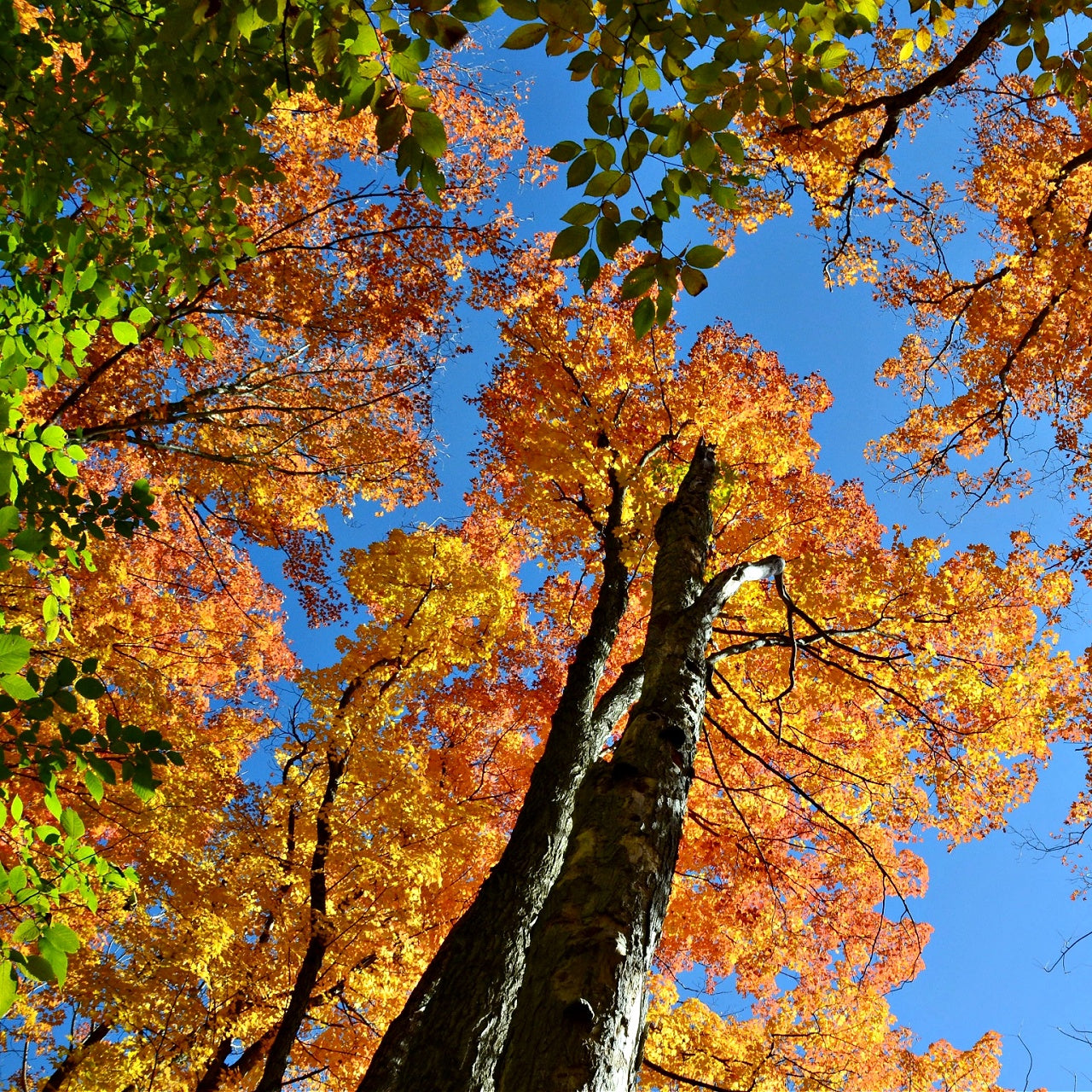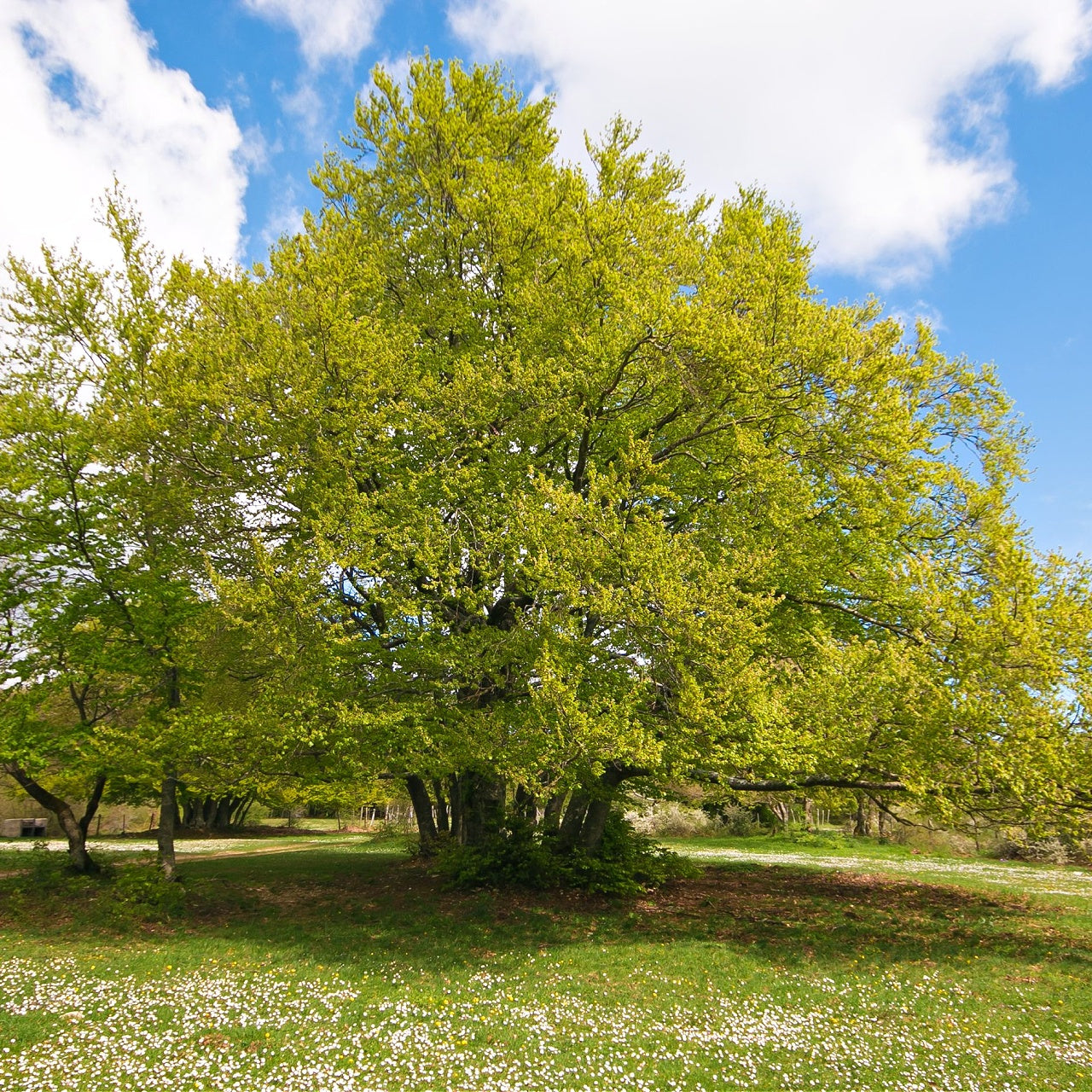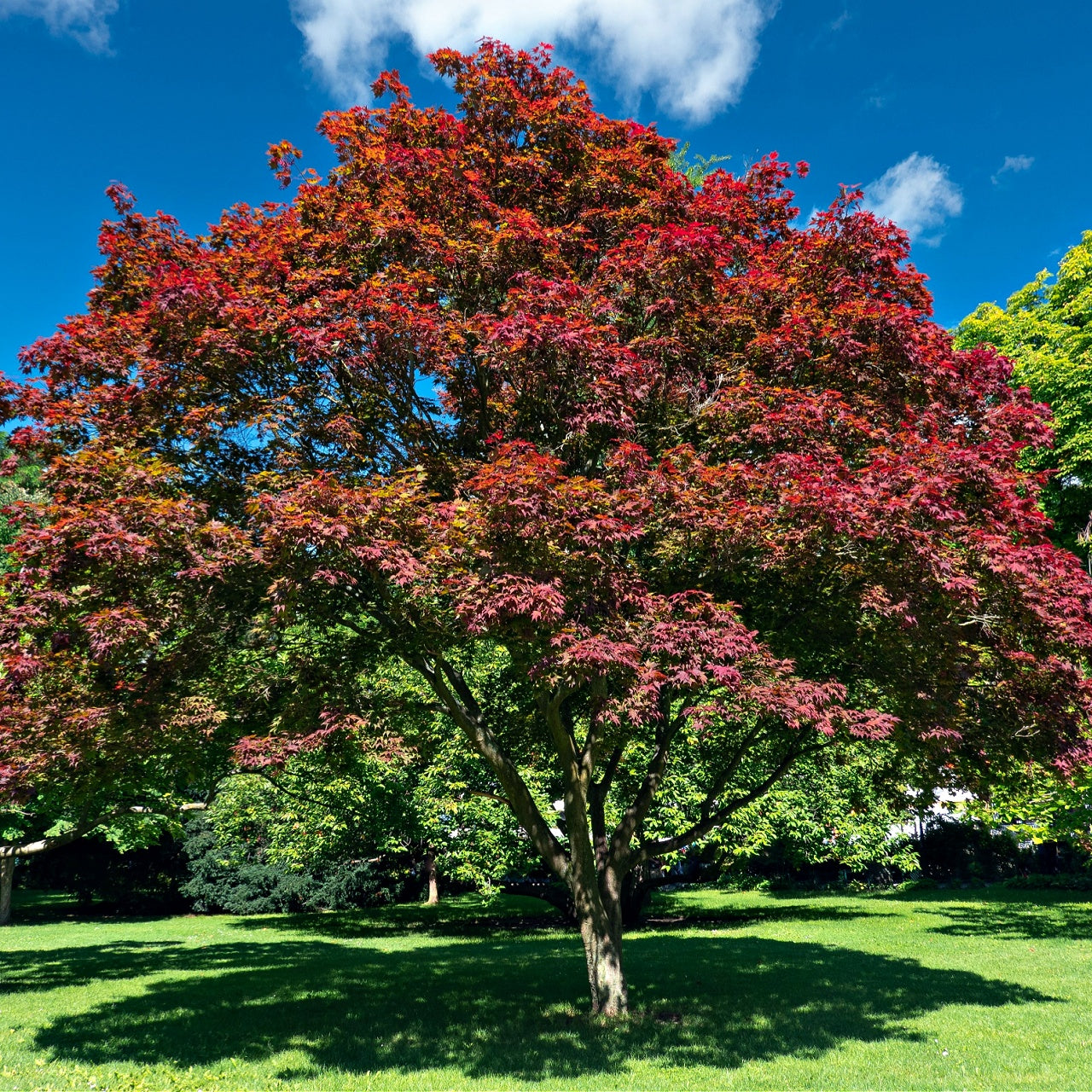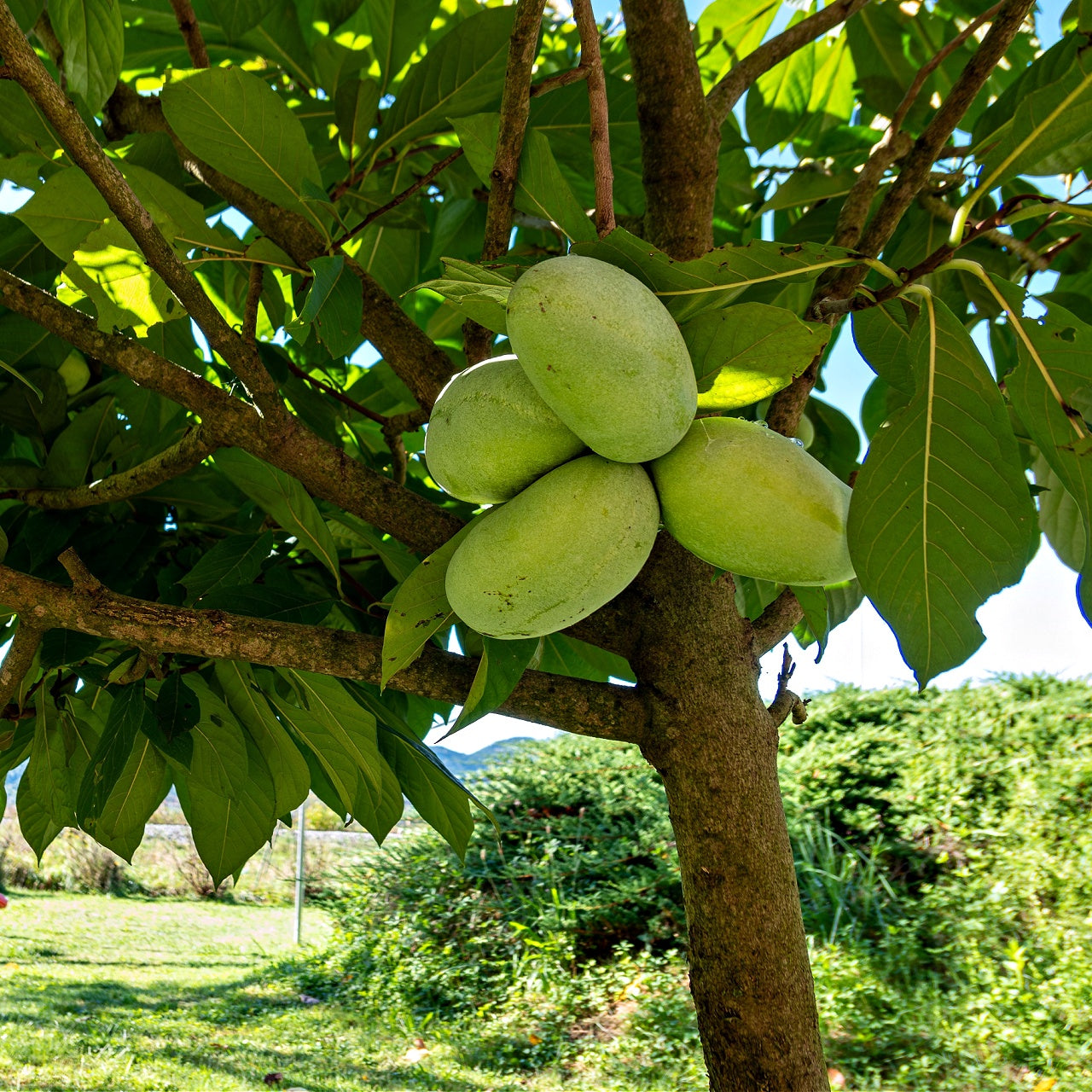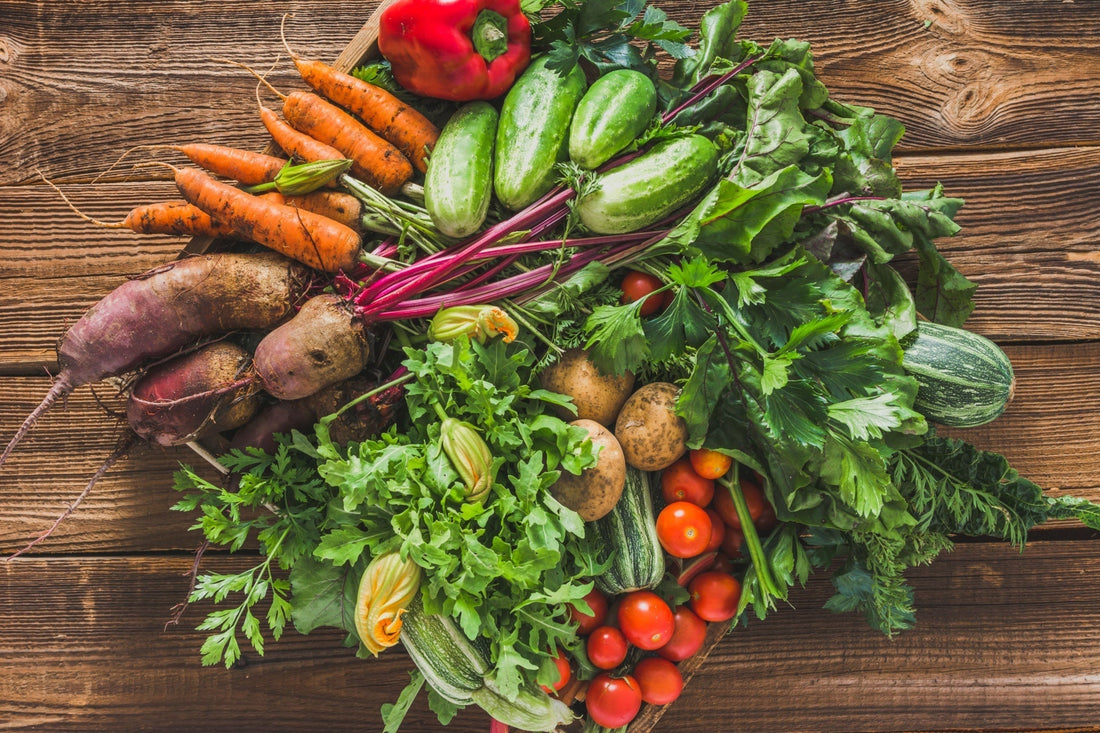
Top Perennial Vegetables for Zone 6
Top Perennial Vegetables for Zone 6
Top Perennial Vegetables for Zone 6 That Thrive with Native Companions
As a gardener in USDA Zone 6 you understand the spring vegetable planting schedule but perennial vegetables allow you to harvest food throughout multiple seasons with little replanting. That’s the magic of perennial vegetables. These vegetables maintain productivity while supporting sustainability and they integrate into beautiful and low-maintenance landscapes when planted with native companions such as underused ferns and lesser-known shrubs. Discover top-performing perennial vegetables suitable for Zone 6 along with native plant companions that will enhance the yield and beauty of your edible garden.
Reliable Perennial Vegetables for Zone 6 Gardens
Zone 6 gardeners benefit from an extended growing season which enables multiple vegetables to establish dependable annual returns. Here are some dependable performers:
Asparagus: Asparagus represents the ideal perennial vegetable because it remains productive throughout its 20+ year lifespan. Choose a sunny location with well-draining soil.
Rhubarb: Rhubarb belongs to the vegetable category but people commonly utilize it as if it were a fruit. Rhubarb prefers the cooler seasons and thrives when winter mulch protects it.
Jerusalem Artichokes (Sunchokes): These sunflower relatives produce tasty tubers. Since these plants expand quickly in your garden you should give them space to spread.
Good King Henry: Good King Henry is a green leafy vegetable which has historical significance among European culinary traditions. Partial shade and nutrient-rich soil provide ideal growing conditions for this plant.
Walking Onions: Egyptian onions earn their name by "walking" through their garden as they naturally replant from their bulbils. Super cold-hardy and virtually maintenance-free.
Underplant your vegetable crops with native plants to maintain an ecological balance while enhancing garden attractiveness and increasing pollinator populations.
Native Plants That Pair Perfectly with Edible Perennials
Developing a successful and well-rounded edible landscape requires you to explore beyond just mulch and companion herbs. Explore these native plants that deliver aesthetic advantages while offering pest control solutions and enhancing soil quality.
Lady Fern (Athyrium filix-femina): The soft feathery fern thrives when planted in moist partial shade under taller vegetables such as rhubarb or asparagus. This plant enhances microclimate conditions and maintains soil moisture levels.
Spikenard (Aralia racemosa): The native perennial Spikenard grows into shrub-like sizes with aromatic roots and visually pleasing berries. The plant performs optimally under dappled shade, which allows it to be an attractive understory plant.
Hobblebush Viburnum (Viburnum lantanoides): The sprawling branches of this native shrub create excellent structural depth at the rear of perennial beds. The spring flowers of this plant draw vital pollinators that support vegetable crops that return year after year.
Silvery Sedge (Carex platyphylla): The native sedge Silvery Sedge (Carex platyphylla) serves as a shade-tolerant groundcover for vegetable beds providing weed suppression while maintaining space for edibles.
Foamflower (Tiarella cordifolia): Foamflower remains a hidden gem among ground-level plants because it creates a dense carpet in moist conditions and blooms early in spring when vegetable crops first develop.
Integrating these native plants with your perennial vegetables creates a garden that supports pollinators and improves soil conditions while offering visual interest throughout all four seasons.
Designing for Productivity and Resilience With Vegetable Plants
The temperature range found in Zone 6 provides optimal conditions for edible ecosystems that replicate natural forest structures through layered food-producing plants. The root and herbaceous layers of your garden benefit from perennial vegetables while native trees along with mosses and shrubs offer structural support to create a thriving garden space.
American Hazelnut (Corylus americana): The American Hazelnut (Corylus americana) functions as both a windbreak and a wildlife magnet while being a native nut-producing shrub. The edible nuts of this plant provide a high protein content and show optimal growth in Zone 6.
Sweetfern (Comptonia peregrina): Sweetfern serves as an aromatic native shrub which enriches soil by fixing nitrogen yet isn't a true fern and pairs well with heavy-feeding plants such as asparagus or sunchokes.
Rock Cap Moss (Dicranum): Rock Cap Moss is an elegant moss that grows well in dark moist regions and functions to stabilize the soil surrounding shade-loving vegetables such as Good King Henry.
Black Cohosh (Actaea racemosa): This native flowering plant grows well under partial shade conditions with moist earth conditions. Beneficial insects gather around this plant which also serves as a visual anchor for perennial vegetable gardens.
Wild Leeks (Allium tricoccum): Native allium species called ramps function as both decorative plants and perennial food sources. People highly value wild leeks because their garlic-onion taste enhances spring dishes.
The integration of these species establishes a food forest atmosphere which enhances harvest yields and reduces the need for labor. The natural moisture retention of mosses and ferns combined with shrubs that protect from wind and support wildlife together with flowers that attract pollinators creates a balanced ecosystem.
Final Thoughts
Perennial vegetables in Zone 6 gardens function as essential components of sustainable ecological gardening beyond their convenience factor. When you combine perennial vegetables with native plants such as silvery sedge, hobblebush viburnum, lady fern, and sweetfern your garden becomes an edible ecosystem that supports pollinators, improves soil health and maintains seasonal beauty.
By starting with a few rhubarb crowns or planting a full food forest, you can create a long-lasting garden legacy by selecting hardy perennials and compatible plants.



